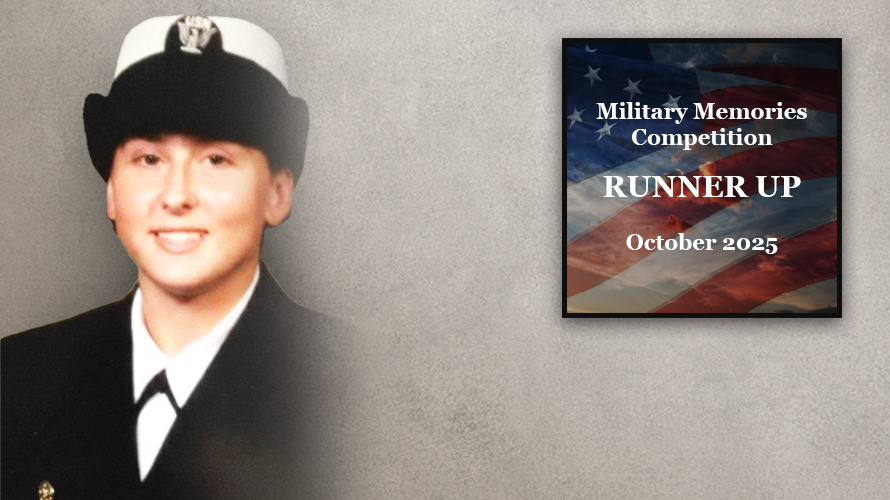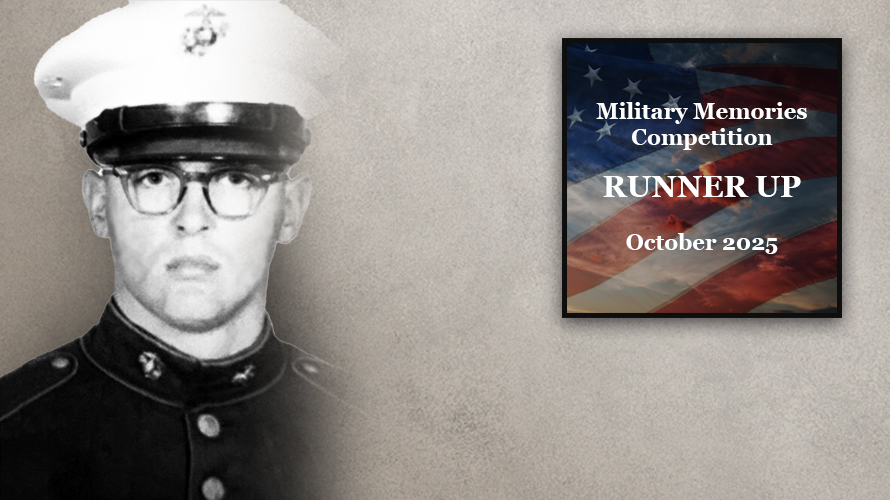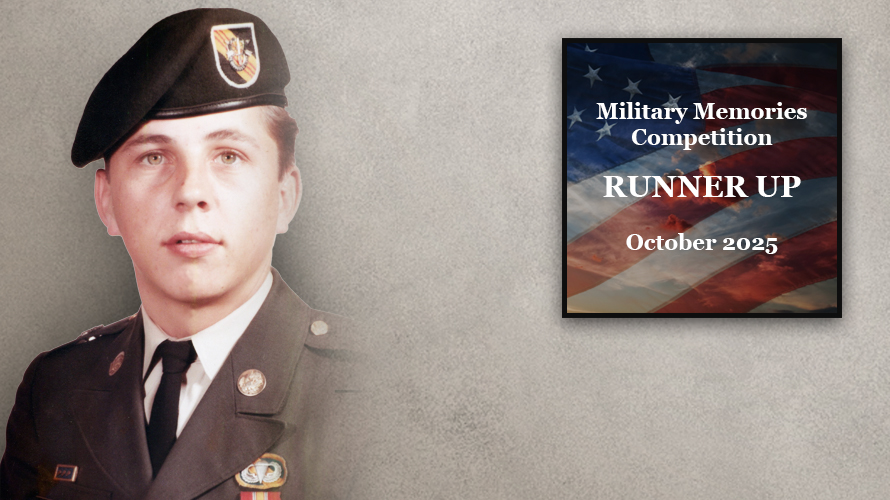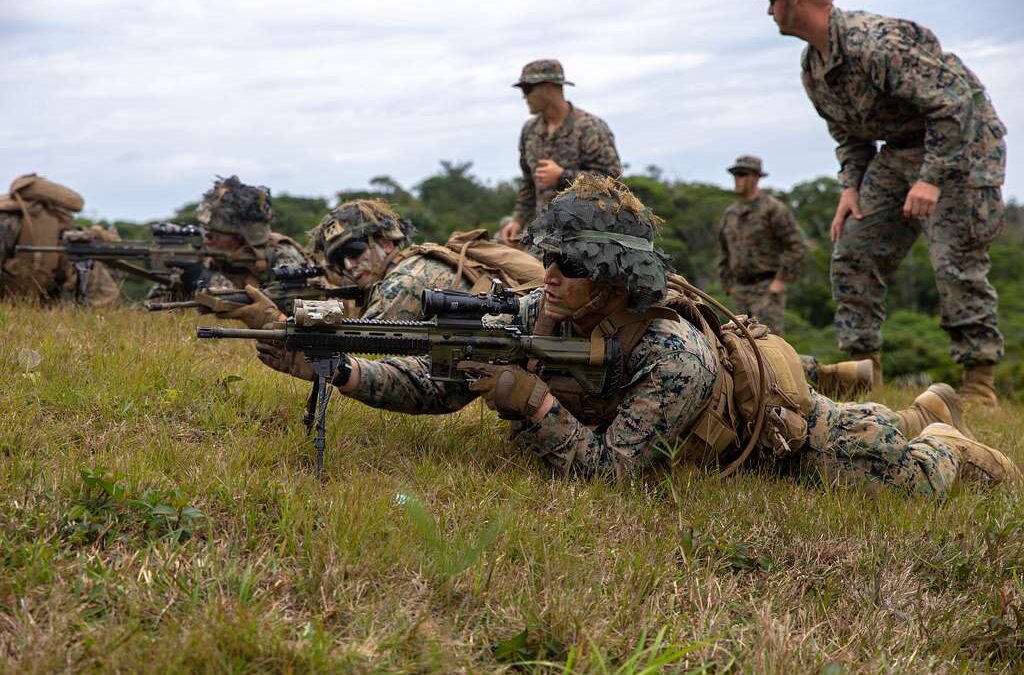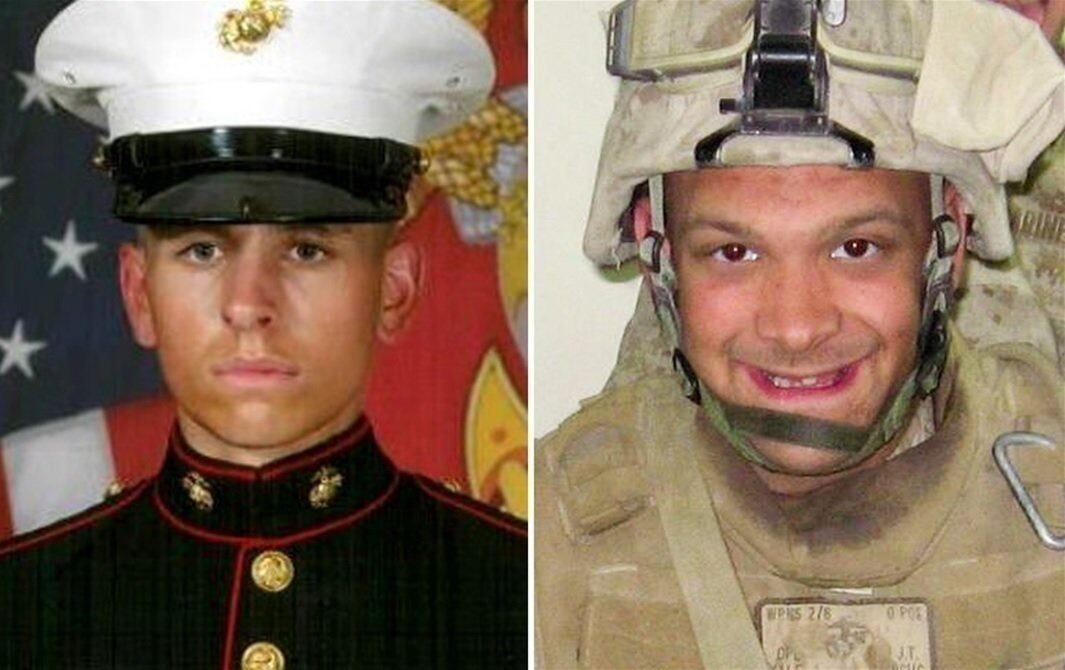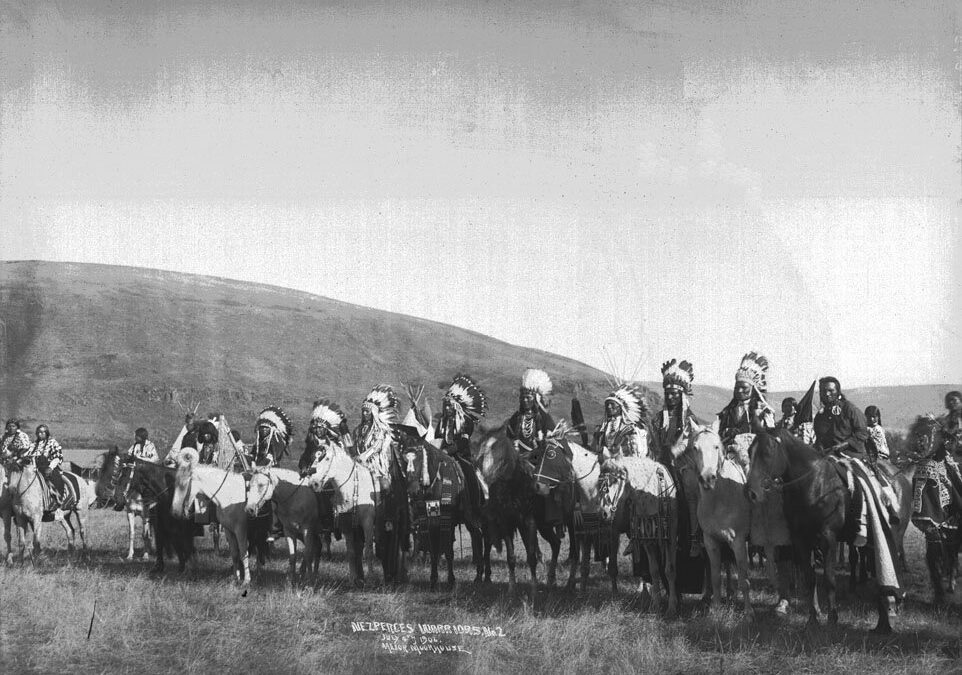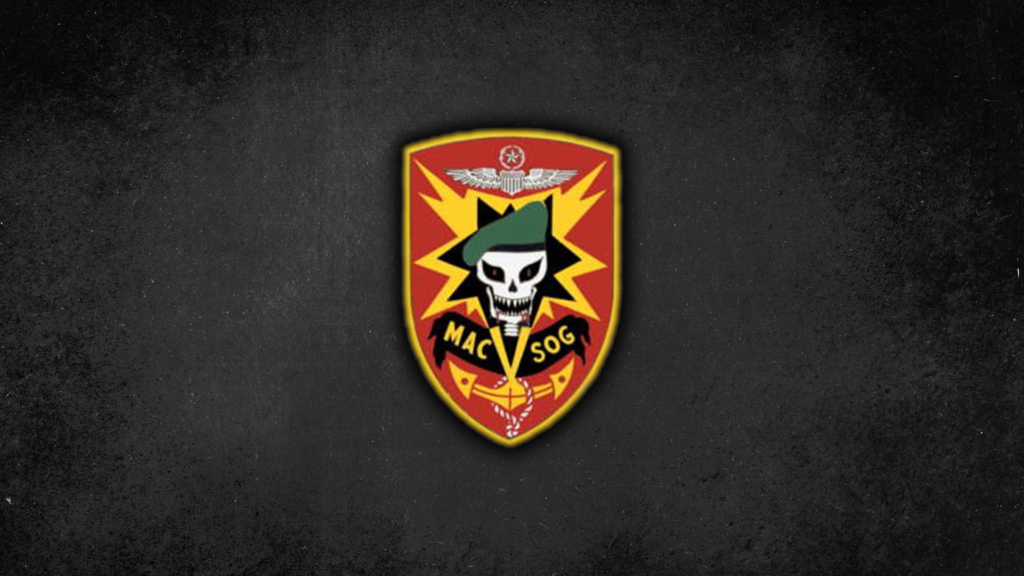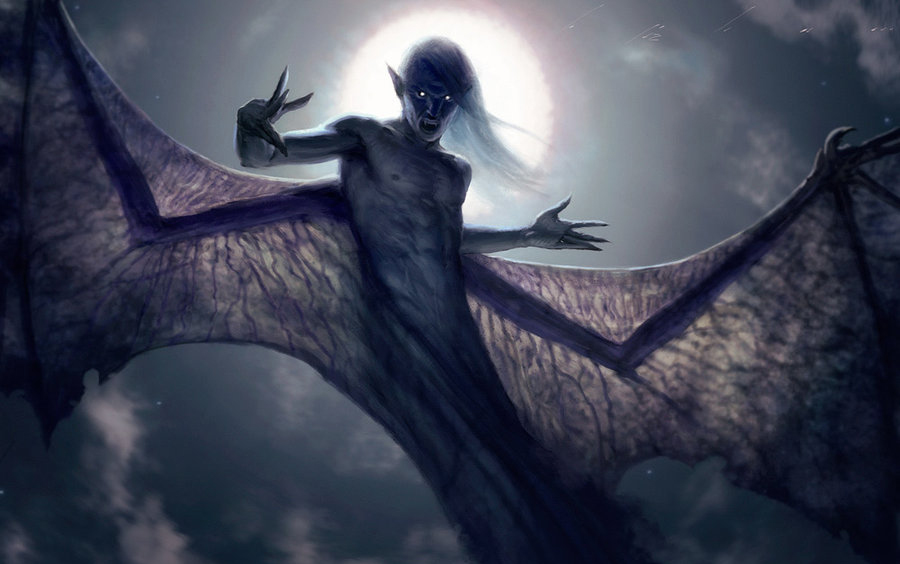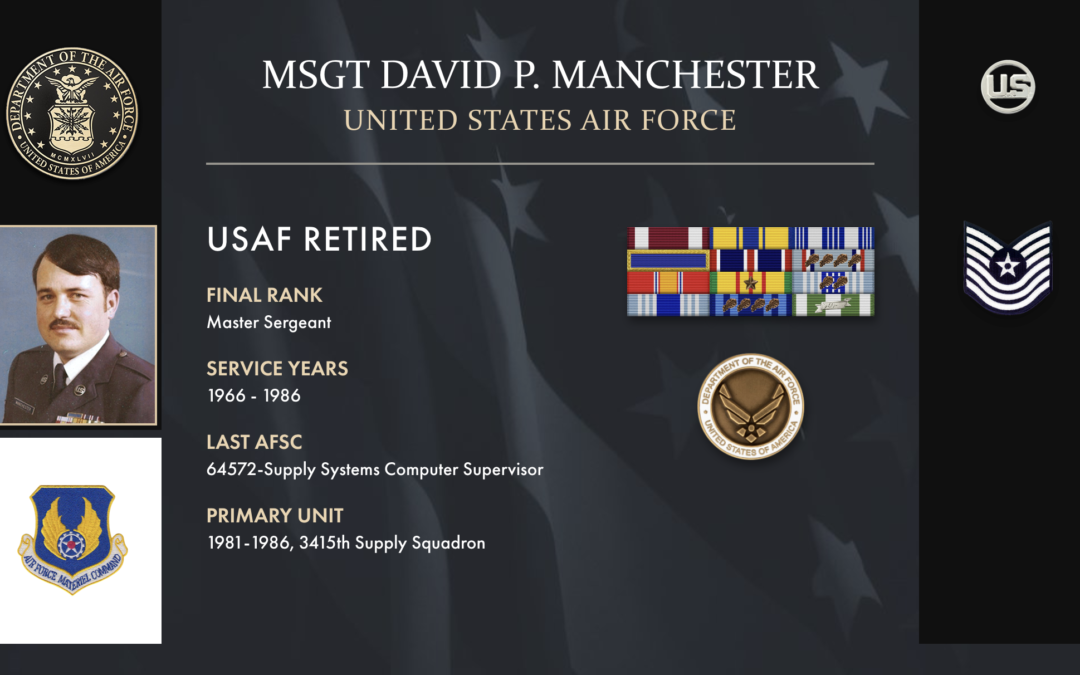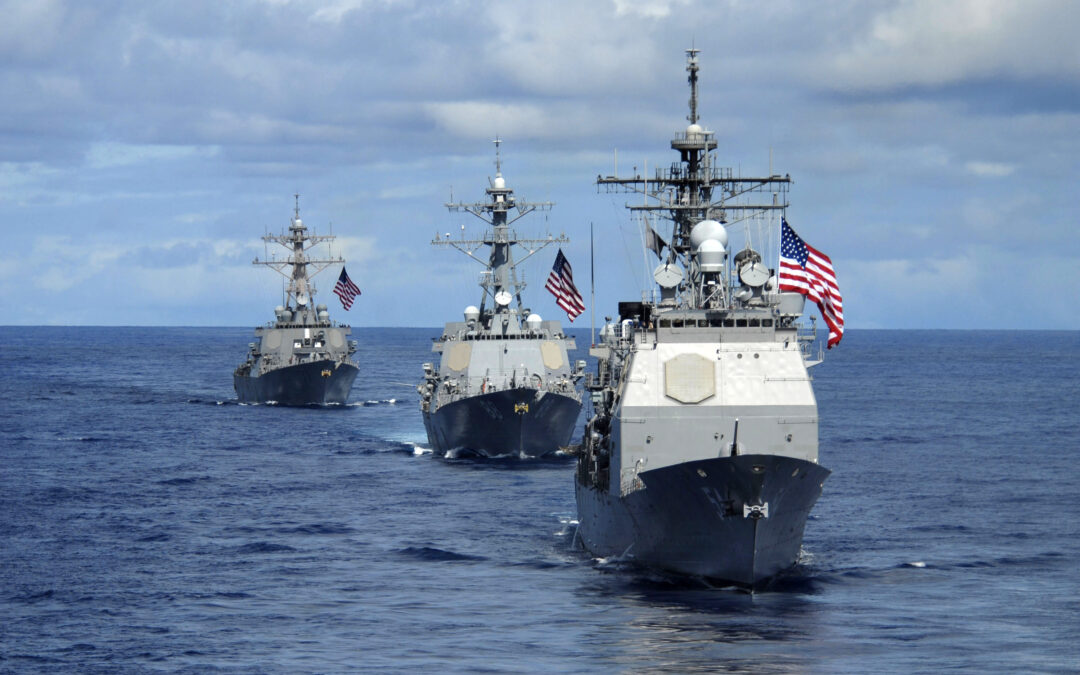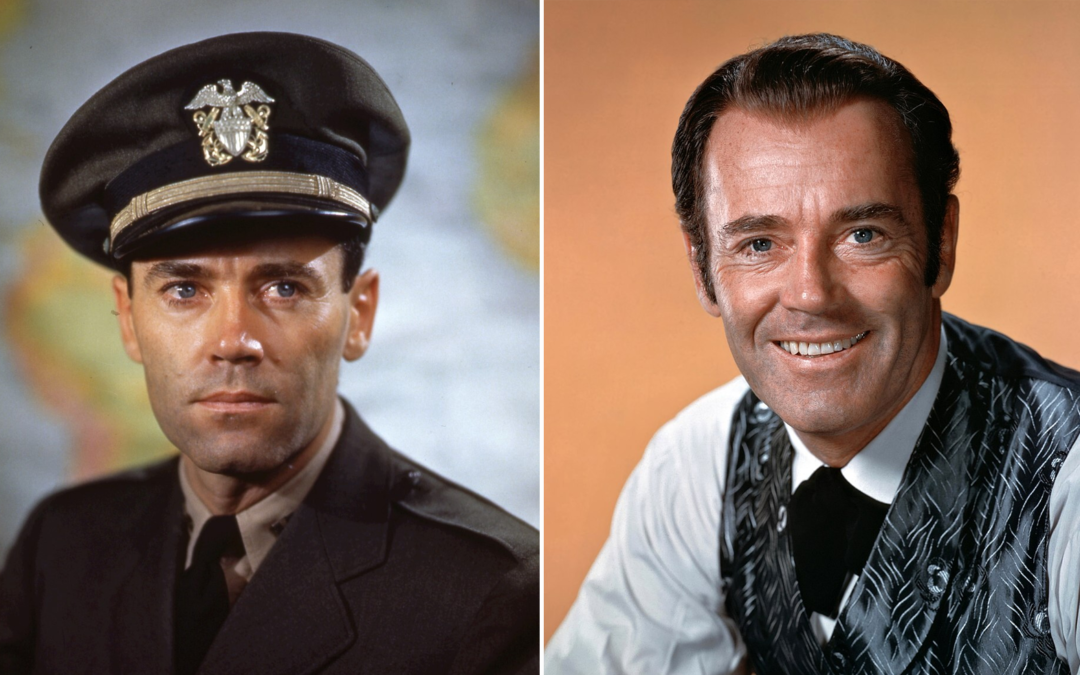What Was Your Nickname or Callsign During Your Military Service? Can You Recall the Nicknames or Callsigns of Other Characters From Your Service and How These Were Earned?:
I recall my nickname well, it was Lil’Bit. Some even called me Lil’Bit with a silent “ch.” My AO buddies, and a few others, added the last part when I held a Marine over board after slapping my butt. Many may say oh that overreacting, but no it wasn’t. Especially if it was your 100th time, or more, of politely and rudely asking him to stop. The name arrived from the fact that I was, and Am, 4 foot 8.5 inches tall and 98 pounds. However, no matter my height, I did my job even though it should have been physically beyond my capabilities due to my height and weight. How did I hold a bullying male Marine over the edge of a ship at that height and weight, you may ask? Simple, my boot size was 3 1/2-4 in male’s red wings. They fit perfectly in the pad eyes on carriers. They are not only perfect for anchoring aircraft to the ship, but my feet and body as well. I was able to carry over 40 chains we used to anchor the F-18’s I dealt with, weighing at 5 pounds each, across a U.S. Carrier (length of 2 football fields) for almost 5months straight. Before joining the Navy, I was a gymnastic power tumbler, which I had done 15 years prior. Helping me to have the leg and arm strength to lift and carry the chains, which allowed me the ability to defend myself and my dignity from hands’y rude males who wouldn’t take stop and no as an answer. I never let my height deter me from being able to confidently complete a task, even if it means thinking outside the box and using the tools handy to me, like getting a ladder from the F-18 down, ways to get it back up for the jet to take off.
